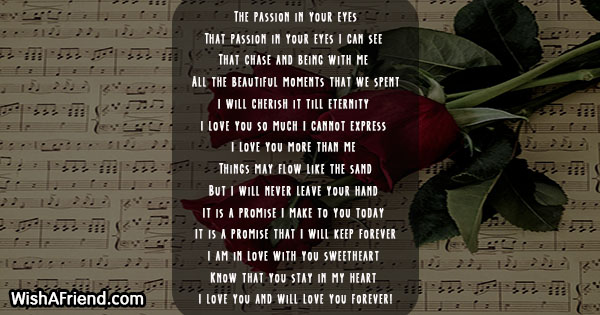
The song was collected as "Black is the color" by Cecil Sharp and Maud Karpeles in 1916 from Mrs Lizzie Roberts, it is listed in English folk songs from the southern Appalachians (1917). The song has become a part of the traditional repertory of Celtic music artists. Niles recalled that his father thought the traditional melody was "downright terrible", so he wrote "a new tune, ending it in a nice modal manner." This melody was used in the Folk Songs song cycle by Luciano Berio.

These words are set to two distinct melodies, one of which is traditional and the other was written by the Kentucky folk singer and composer John Jacob Niles by 1941. I shall count my life as well begun, when he and I shall be as one. the clearest eyes and the strongest hands the sweetest face and the gentlest hands. the prettiest face and the neatest hands. Many different versions of this song exist, some addressed to men and others addressed to women. American musicologist Alan Lomax supported the thesis of Scottish origin, saying that the song was an American "re-make of British materials." Different versions It is believed to have originated in Scotland, as it refers to the River Clyde in the lyrics.

" Black Is the Color (of My True Love's Hair)" ( Roud 3103) is a traditional ballad folk song known in the US as associated with colonial and later music in the Appalachian Mountains.


 0 kommentar(er)
0 kommentar(er)
